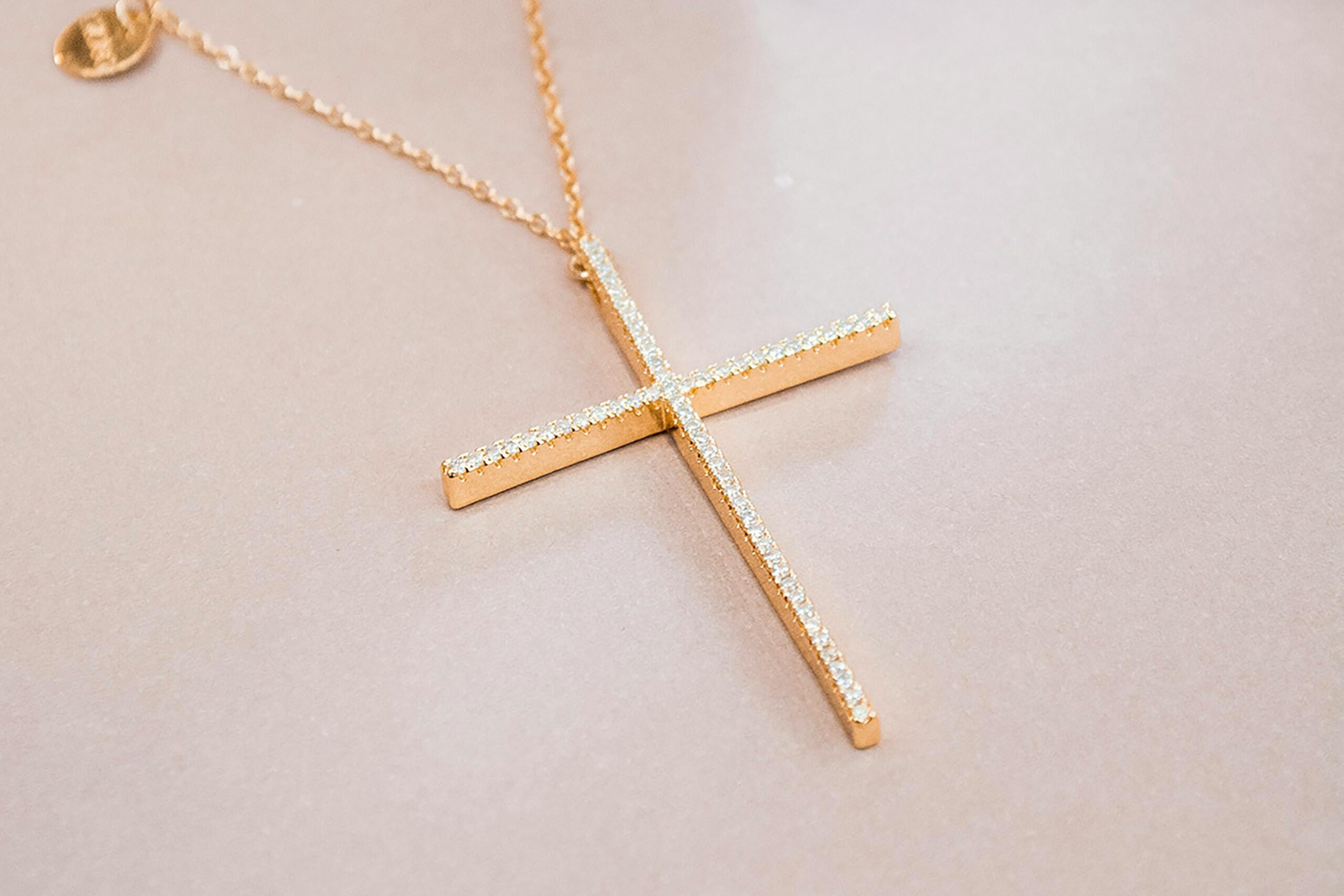Portugal and Spain have rich cultural heritages that span millennia. This diverse history is beautifully reflected in the jewelry motifs that have adorned the people for generations. From ancient symbols to religious icons, each design tells a story of conquest, faith, and tradition. Let’s explore some of the most significant jewelry motifs and uncover the meanings behind these enduring designs.
The Filigree Technique
While not a motif itself, filigree is a metalworking technique that defines much of traditional Portuguese jewelry.
History: Filigree has been practiced in the Iberian Peninsula since at least the 1st century BC, with the technique reaching its zenith during the Moorish occupation.
Symbolism: Filigree represents the delicate balance between strength and beauty. Its intricate patterns often symbolize the complexity of life and the interconnectedness of all things.
Popular Motifs in Filigree:
- Heart of Viana: A symbol of honesty and generosity in Portuguese culture.
- Espiguinha (Little Wheat): Represents abundance and fertility.
The Cross
Both Portugal and Spain have deep Catholic roots, making the cross a ubiquitous symbol in their jewelry.
History: The cross became a prominent motif after the Christianization of the Iberian Peninsula in the early centuries AD.
Symbolism: Beyond its obvious religious connotations, the cross in Iberian jewelry often represents protection and hope.
Variations:
- Cruz de Caravaca: A double-barred cross popular in Spain, believed to have miraculous powers.
- Cruz de Malta: Associated with the Knights Hospitaller, symbolizing protection and honor.
The Evil Eye (Mal de Ojo / Mau Olhado)
This ancient symbol is found in both Spanish and Portuguese jewelry.
History: The concept of the evil eye dates back to ancient Mediterranean cultures and was likely introduced to the Iberian Peninsula by the Phoenicians or Greeks.
Symbolism: The evil eye charm is believed to ward off malicious gazes and protect the wearer from harm.
Design: Often depicted as a blue eye-like symbol, sometimes incorporated into hand-shaped amulets.
The Hand of Fatima (Hamsa)
Popular in both cultures, especially in regions with Moorish influence.
History: Introduced during the Muslim rule of the Iberian Peninsula (711-1492 AD).
Symbolism: Represents the hand of Fatima, daughter of the Prophet Muhammad. It’s seen as a sign of protection and blessings.
Design: A stylized hand, often with an eye in the center, sometimes adorned with intricate patterns.
Azabache (Jet)
A black gemstone particularly popular in Spanish jewelry.
History: Used since prehistoric times, azabache gained prominence in medieval Spain.
Symbolism: Believed to protect against the evil eye and negative energies. Often carved into figa (fig) shapes for added protective power.
Popular in: Baby bracelets, pendants, and amulets.
The Rooster of Barcelos
A distinctly Portuguese symbol.
History: Based on a legend from the town of Barcelos, dating back to the 14th century.
Symbolism: Represents faith, justice, and good luck.
Design: A colorful rooster, often enameled or made from filigree in jewelry pieces.
Floral Motifs
Flowers have long been a staple in Iberian jewelry design.
History: Floral motifs have been popular since ancient times, with each era favoring different stylizations.
Symbolism: Various flowers carry different meanings:
- Carnation: National flower of Spain, symbolizing passion and love.
- Camellia: Popular in Galicia, representing admiration and perfection.
- Lily: Often associated with the Virgin Mary in religious jewelry.
Nautical Symbols
Given the maritime history of both nations, nautical symbols are common in coastal regions.
Popular motifs:
- Anchor: Symbolizing hope and steadfastness.
- Lighthouse: Representing guidance and safe return.
- Fish: In Christian contexts, symbolizing faith; in secular designs, representing prosperity.
The Visigothic Influence
The Visigothic period left a lasting mark on Iberian jewelry.
History: The Visigoths ruled much of the Iberian Peninsula from the 5th to 8th centuries AD.
Motifs:
- Interlaced patterns: Representing eternity and interconnectedness.
- Bird motifs: Often seen as symbols of the soul or divine messengers.
Contemporary Interpretations
Modern Spanish and Portuguese jewelers often reinterpret traditional motifs:
- Stylized versions of historical symbols.
- Fusion of ancient techniques with modern designs.
- Incorporation of traditional motifs into minimalist jewelry.
The Enduring Appeal of Cultural Motifs
The popularity of these motifs in contemporary jewelry speaks to their deep cultural resonance. They connect wearers to their heritage, serve as talismans of protection and good fortune, and act as beautiful reminders of the rich history of the Iberian Peninsula.
For locals and visitors alike, jewelry adorned with these motifs offers more than mere adornment. Each piece tells a story, linking the wearer to centuries of tradition and craftsmanship. Whether it’s a filigree heart from Portugal or an azabache amulet from Spain, these jewelry pieces serve as tangible connections to the diverse cultural tapestry of the Iberian world.
In an age of globalization, these distinctly Iberian motifs have found new appreciation both at home and abroad. They offer a way to celebrate cultural identity and heritage in an increasingly interconnected world. For brands like YJÜK, incorporating these motifs into modern designs allows for a beautiful fusion of past and present, creating pieces that are both culturally significant and contemporary in appeal.
As we continue to value and wear these symbolic designs, we keep alive the rich traditions and stories of Portuguese and Spanish culture. Each pendant, ring, or earring becomes not just an accessory, but a small piece of living history, carried forward into the future.
